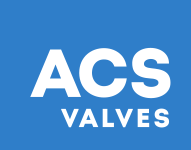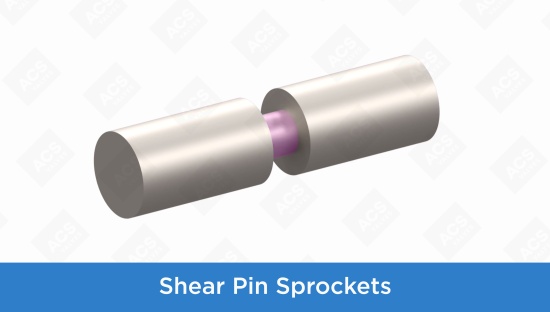
Whether it’s a double cheeseburger or a second sweater on a cold day, sometimes you need an extra layer. Rotary airlock valves are no different. While valves don’t get hungry or cold, they do sometimes need an extra layer to help with things like material flow, maintenance, and longevity, and they often have coatings applied to the housing, rotor, or both.
For bulk material processors, that means fewer replacements, less downtime, and more time and money. We’ll dig into the main ways coatings help your process.
First, here are some of the coatings we commonly work with:
- Hard chrome: For sticky and lightly abrasive materials.
- Heavy plate chrome: For moderately abrasive materials.
- Lectrofluor: For light materials that are prone to buildup.
- Stainless-steel: For light and dense materials and sanitary applications.
- Tungsten: For the most abrasive materials out there.
- XTR-Coat: For more corrosive, abrasive, and food-grade applications.
Coatings extend maintenance cycles and longevity
The fact that rotary valve parts wear down over time is just simple physics — particles flowing over a surface for extended periods of time will cause that surface to erode. What matters is how quickly it happens.
When your material is corrosive or abrasive, parts can wear down faster. Coatings are essential in these heavy-duty applications. For something like cement, a hard chrome coating can be enough to withstand wear-and-tear, but a highly abrasive material like silica sand requires tungsten. Applying the right coating to your valve will prevent parts from failing prematurely and make the valve’s lifespan about three times longer, in many cases.
They prevent leakage
Another consequence of the wear-and-tear issue is leakage. That happens when materials wear down the rotor and affect the rotor-to-housing-clearances, or the space between the rotor tip and valve housing. Enlarged clearances compromise the airlock seal, which can cause both air and material to leak into places they shouldn’t.
Air flowing in the wrong direction can cause material flow issues that slow down or stop your process. Material leakage can become an even more serious issue, because if you convey a combustible dust, airborne particles can act as a fuel source for fires or deflagrations.
They help material flow smoothly
Even if you’re not conveying a heavy-duty material, your choice of coating can totally transform the flow of your process. Coatings improve material release for longer runtimes and reduced buildup, which is especially important for sticky materials like sugar and flour. Material build-up reduces capacity, and if it’s not addressed in time, causes contamination and reduced product quality.
In these cases, coatings also reduce downtime by improving cleanability. It’s all about reducing friction against the surfaces of the housing and rotor to ensure the flow stays smooth, consistent, and problem-free.
Does my valve need a coating?
A small minority of applications don’t need any coatings on the valve housing or parts. If that’s the case for you, we won’t recommend one. Otherwise, our experts will take all the details into account — including your materials, conveying system type, operating temperature, and performance goals — to recommend a coating that will save you the most time and money. Just call us to get started.


